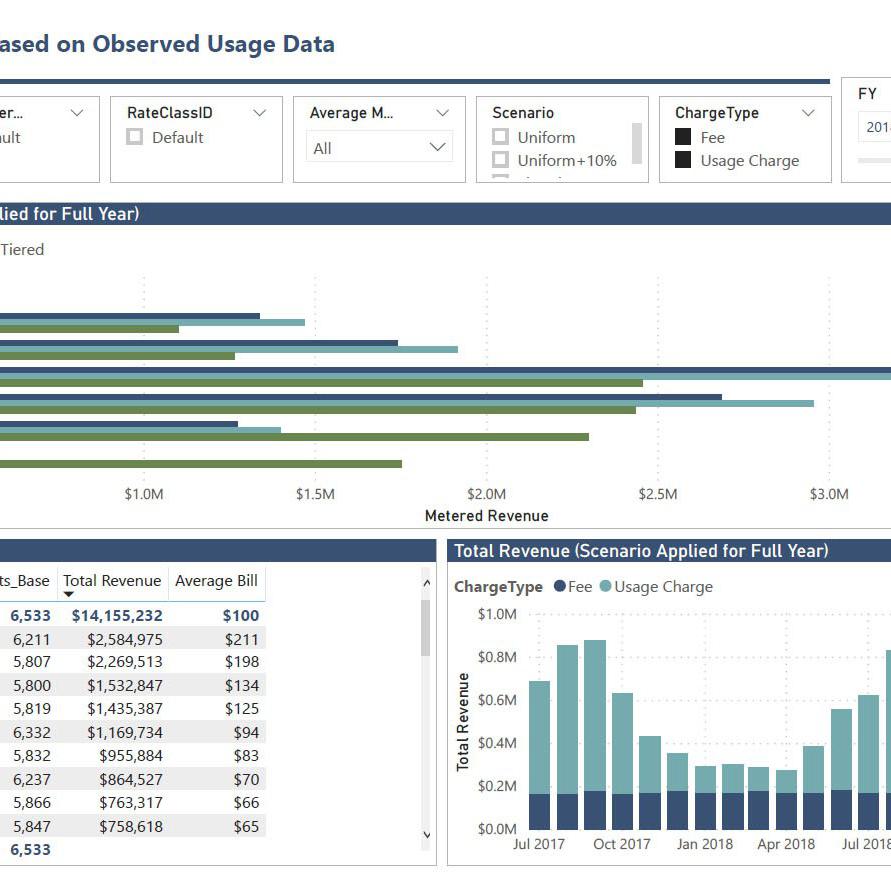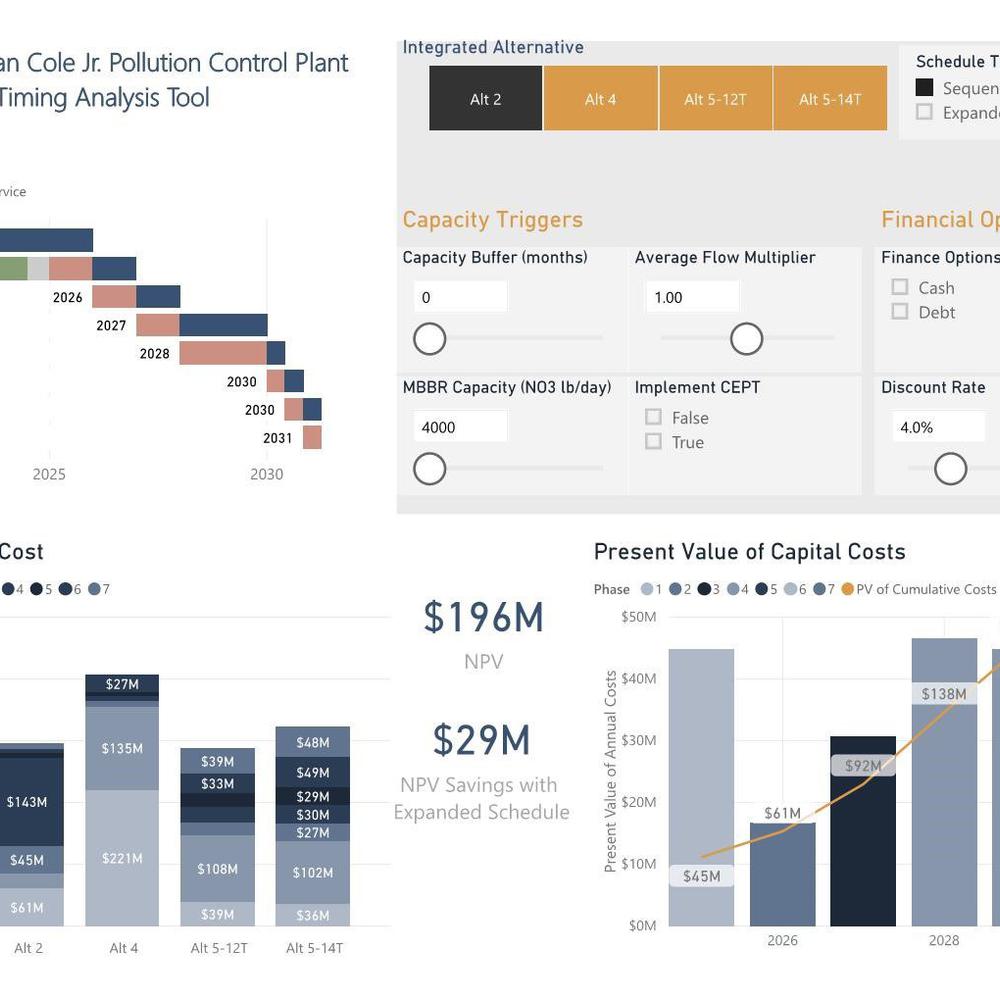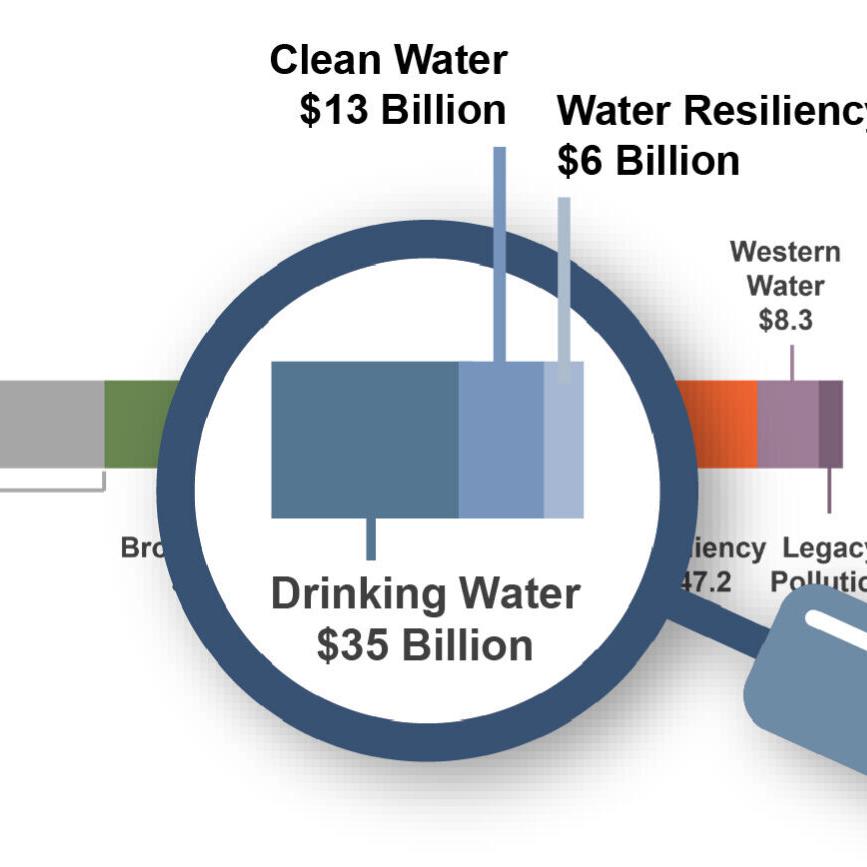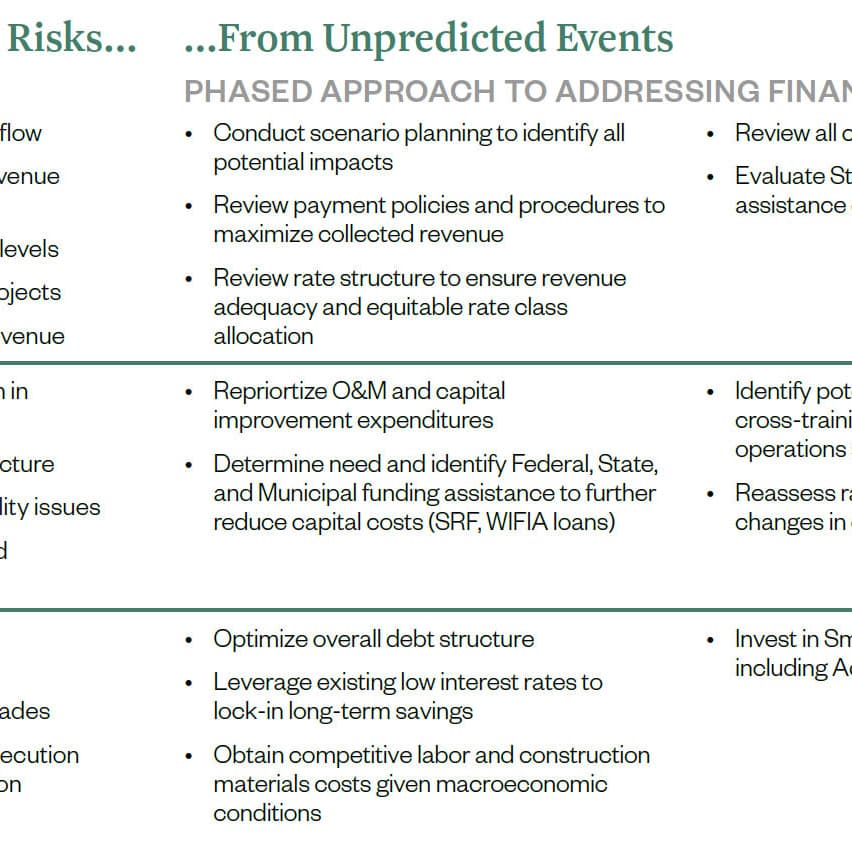Financial Capability Analysis for City of Marion (OH)

A new LTCP is required to meet Marion’s Clean Water Act (CWA) obligations including the reduction of Combined Sewer Overflows. Although the LTCP was found to result in a “high burden”, because the cost per household would reach about 2.3 percent of MHI, the standard metrics still underestimated the magnitude of the financial burden that would be placed on the ratepayer base. For example, using quintile household income data found the cost per household approaching 3 percent for 40 percent of the resident population. Marion’s financial capacity to finance large infrastructure is also constrained by a slowly decreasing and aging population, stagnant economic development, and persistent deep pockets of poverty, with more than 26.7 percent of the population living in poverty according to the most recent census data.
To mitigate the high economic impact of the LTCP, Marion will need to work with its regulators to prioritize and configure infrastructure investments to ensure the sustainability and affordability of those investments while meeting CWA obligations.

Alan Karnovitz serves as Group Leader for Hazen’s Economic and Financial Services Group.
Related Topics:
Project Outcomes and Benefits
- Evaluated the LTCP cost per household using quintile incomes in addition to median household income.
- Analyzed demographic trends, poverty rates, population percentage receiving government benefits and constraints to future municipal financing to assess the capacity of the utility and its ratepayers to bear the full costs of the LTCP
















